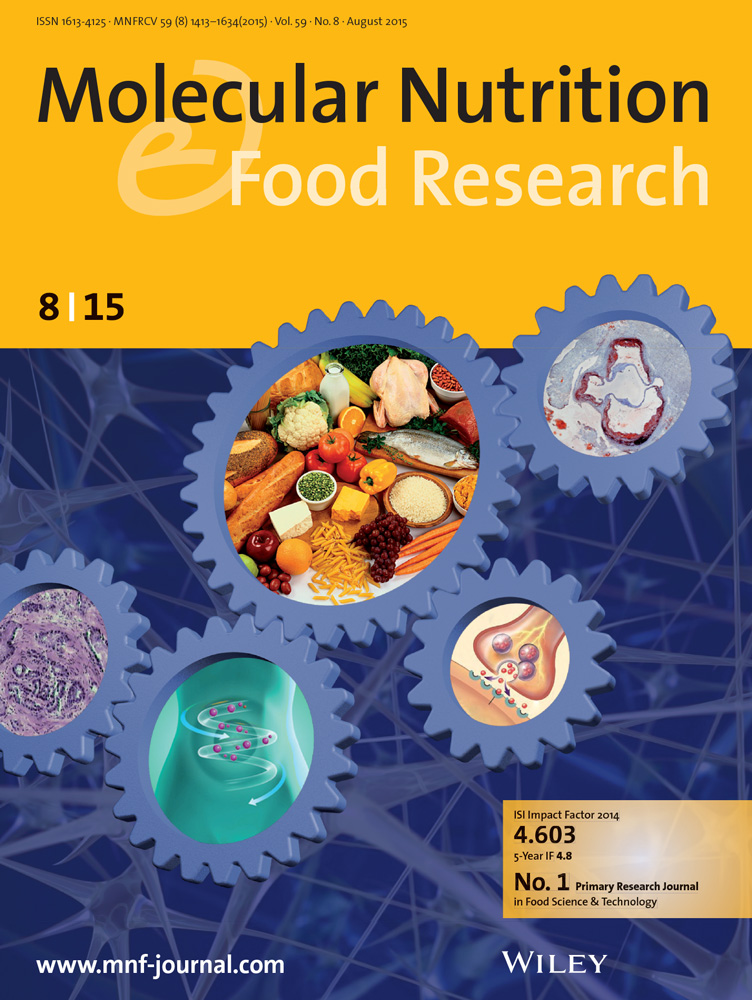从蝙蝠粪便中分离的粪肠球菌菌株的有益特性
IF 4.2
2区 农林科学
Q1 FOOD SCIENCE & TECHNOLOGY
引用次数: 0
摘要
本研究的主要目的是从夜蛾蝙蝠的粪便样本中分离和鉴定粪肠球菌(E. faecium)菌株,并评价其益生菌潜力和抗菌性能。从康复中心的蝙蝠收集粪便样本,并筛选细菌分离株对单核细胞增生李斯特菌的抗菌活性。采用rep - PCR指纹图谱和16S rRNA测序技术,筛选出2株产菌素菌株E. faecium ST01TL和ST76TL。通过蛋白酶处理,证实了其抗菌物质的蛋白质性质。这些细菌素在不同的pH值、温度和化学条件下都保持活性。这两种菌株都表现出高疏水性,具有潜在有益特性的酶活性,并且没有溶血或粘蛋白降解活性。分子分析表明,所研究的菌株携带细菌素和GABA合成基因。然而,两种菌株都检测到一些有限的毒力特征或危险的抗生素耐药谱,这一事实值得进一步关注和深入研究。此外,蝙蝠粪便中的屎肠杆菌ST01TL和ST76TL具有良好的益生菌特性和稳定的抗菌活性,在食品安全和改善肠道健康方面具有潜在的应用前景。这些发现突出表明蝙蝠是具有营养相关性的益生菌菌株的新来源。此外,有必要进行体内研究、基于全基因组序列分析的更深入的安全性评估以及功能性食品应用,以充分发掘其促进健康的潜力。本文章由计算机程序翻译,如有差异,请以英文原文为准。
Beneficial Properties of Enterococcus faecium Strains Isolated From Bats’ Fecal Samples
The principal objective of current study was to isolate and characterize Enterococcus faecium (E. faecium ) strains from the fecal samples of Nyctalus noctula bats and to evaluate their probiotic potential and antimicrobial properties. Fecal samples were collected from bats in a rehabilitation center, and bacterial isolates were screened for antimicrobial activity against Listeria monocytogenes . Two bacteriocin‐producing strains, E. faecium ST01TL and ST76TL, were selected based on rep‐PCR fingerprinting and 16S rRNA sequencing. The proteinaceous nature of their antimicrobial substances was confirmed through protease treatment. These bacteriocins remained active under various pH, temperature, and chemical conditions. Both strains demonstrate high hydrophobicity, enzymatic activity with potential beneficial properties, and absence of hemolytic or mucin degradation activity. Molecular analyses revealed that studied strains carried genes for bacteriocin and GABA synthesis. However, some limited virulence traits or hazardous antibiotic resistance profiles were detected for both strains, a fact that merits additional attention and deeper investigations. Moreover, E. faecium ST01TL and ST76TL from bat feces possess general desirable probiotic traits and stable antimicrobial activity, suggesting their potential use in food safety and gut health improvement. These findings highlight bats as a novel source of probiotic strains with nutritional relevance. Further, in vivo studies, deeper safety assessments based on whole genome sequence analysis, and functional food applications are warranted to explore their full health‐promoting potential.
求助全文
通过发布文献求助,成功后即可免费获取论文全文。
去求助
来源期刊

Molecular Nutrition & Food Research
工程技术-食品科技
CiteScore
8.70
自引率
1.90%
发文量
250
审稿时长
1.7 months
期刊介绍:
Molecular Nutrition & Food Research is a primary research journal devoted to health, safety and all aspects of molecular nutrition such as nutritional biochemistry, nutrigenomics and metabolomics aiming to link the information arising from related disciplines:
Bioactivity: Nutritional and medical effects of food constituents including bioavailability and kinetics.
Immunology: Understanding the interactions of food and the immune system.
Microbiology: Food spoilage, food pathogens, chemical and physical approaches of fermented foods and novel microbial processes.
Chemistry: Isolation and analysis of bioactive food ingredients while considering environmental aspects.
 求助内容:
求助内容: 应助结果提醒方式:
应助结果提醒方式:


